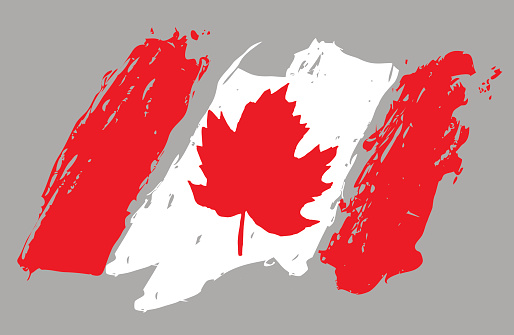Headline CPI inflation edged lower in July to 2.5% year-on-year (y/y), right on consensus expectations. This was the lowest reading since March 2021.
The deceleration was driven by base year effects (lower price growth relative to last July) for items like travel tours (-2.8% y/y), passenger vehicles (-1.4% y/y) and electricity (-0.8% y/y).
Offsetting this was an increase in gasoline prices (+1.9% y/y and +2.4% on the month).
Shelter prices continue to keep overall inflation elevated (+5.7% y/y), with rent costs rising further (+8.5% y/y) and mortgage interest costs remaining in the stratosphere (+21.0% y/y). However, the pace of shelter inflation did ease in July from 6.2% y/y in June.
The Bank of Canada’s preferred “core” inflation measures came in at 2.6% y/y in July, down from 2.7% y/y in June. On a three-month annualized basis, the average moved to 2.7% in July from 2.9% in June.
Key Implications
Canadian inflation continues to ease, with headline and core rates stabilizing around the mid-2% level. When stripping out the impact of shelter inflation, price growth is a meager 1.2% y/y. Looking forward, the downward impact of base effects will continue to support lower inflation next month, pushing the headline figure even further towards the BoC’s target.
The BoC makes its next rate announcement in two weeks and there is nothing stopping the bank from cutting rates by another 25 basis points. With inflation risks fading, the central bank’s focus has pivoted to weakness in the rest of the economy. Indeed, consumer spending looks to have taken a breather alongside a steady deterioration in the jobs market. Given that the policy rate remains at restrictive levels, even after two rate cuts in June/July, there is plenty of room for the BoC to keep cutting over the rest of this year.









